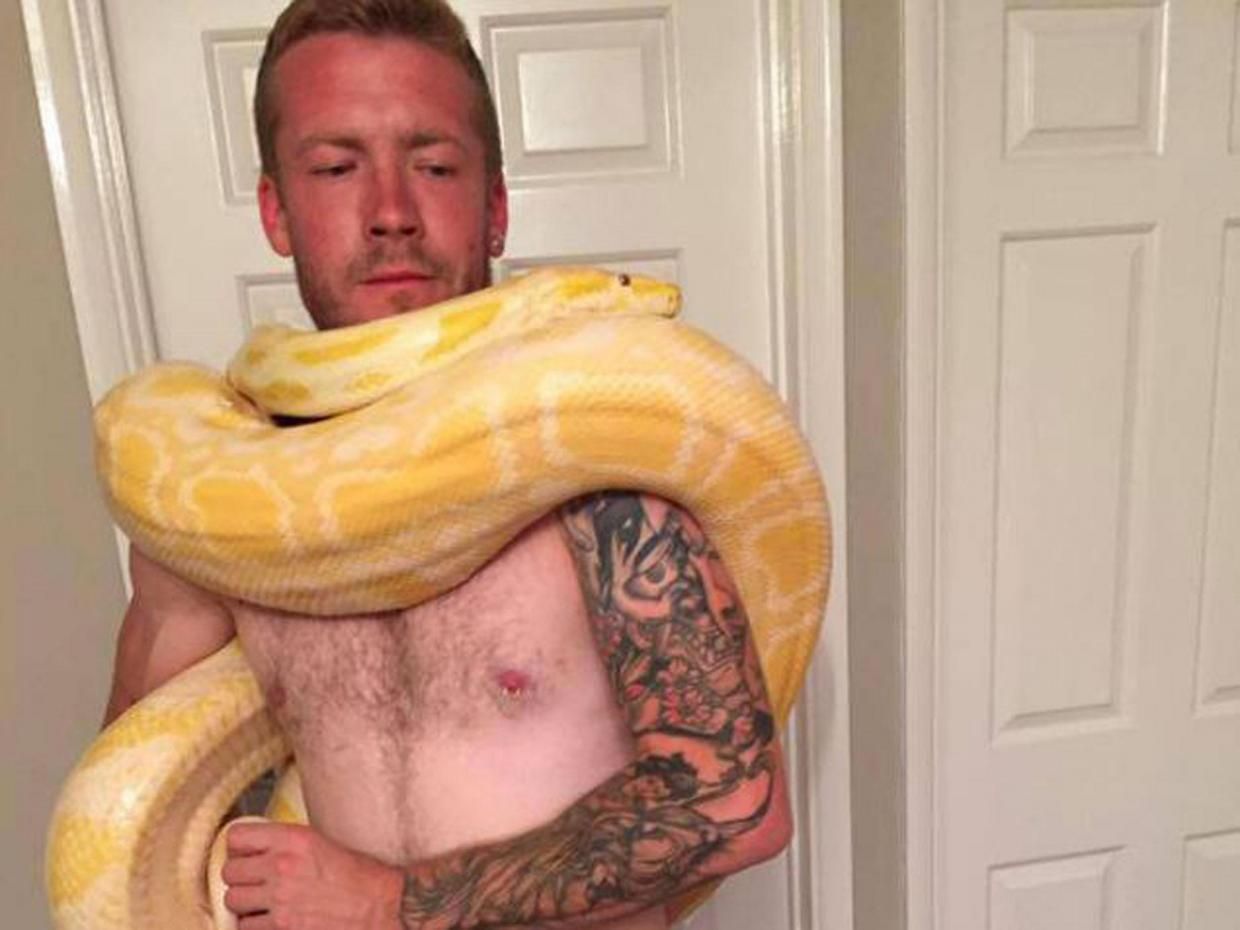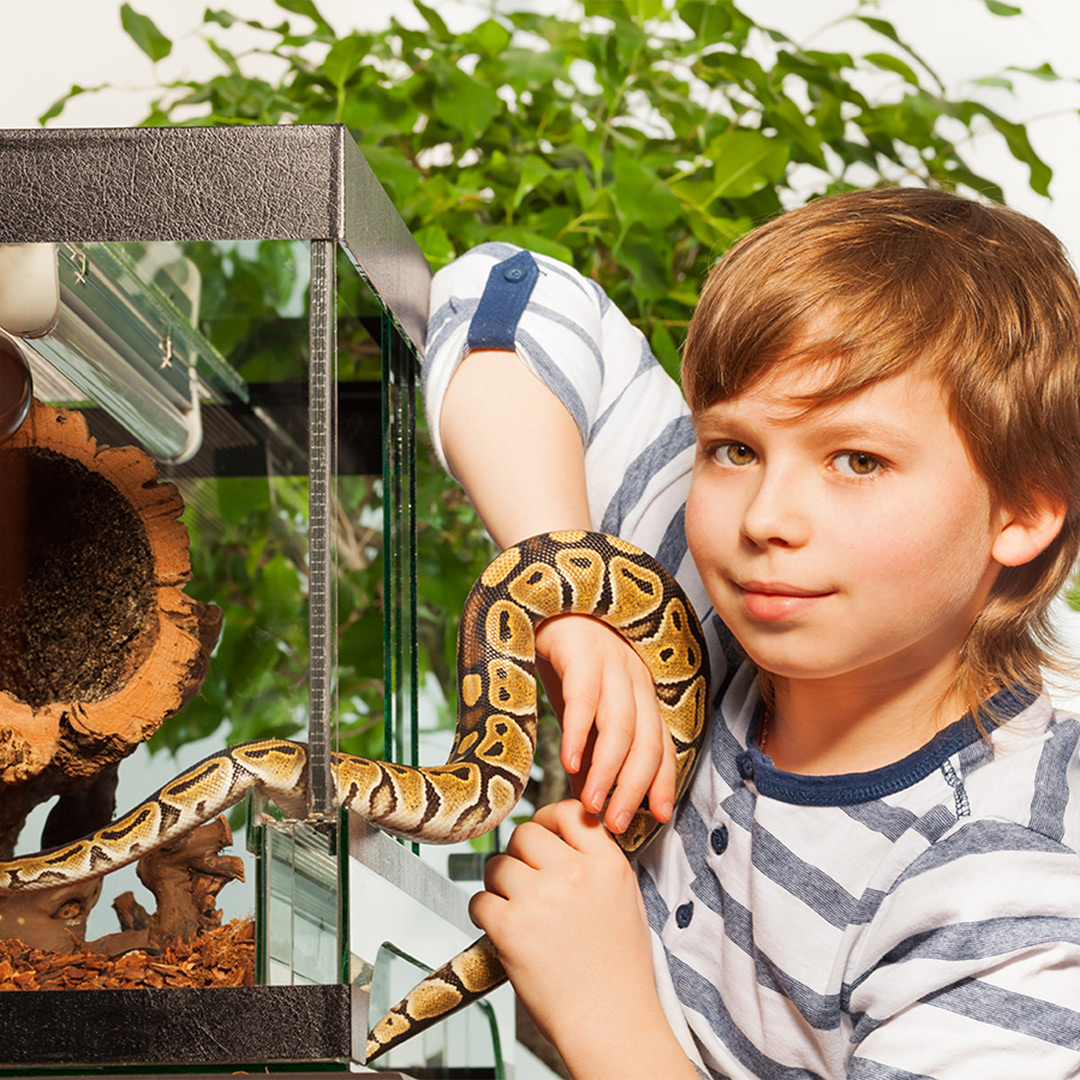Discover Variety: Snake for Sale Magazine within your reaches
Discover Variety: Snake for Sale Magazine within your reaches
Blog Article
Just How to Create the Perfect Environment for Your Animal Serpent
Developing the optimal habitat for your family pet serpent is essential to guaranteeing its health and well-being. By comprehending the particular requirements of your serpent types and executing the essential components in its environment, you can develop an area where your pet can flourish.
Picking the Right Unit
Selecting the suitable room is important in offering an ideal living area for your pet serpent. The enclosure acts as the serpent's primary habitat, influencing its general well-being and habits. When choosing a room for your animal snake, there are a number of variables to consider to ensure a comfortable and safe atmosphere. The size of the unit is vital, as it ought to be spacious sufficient to enable the serpent to relocate around openly. A basic general rule is to offer a habitat that is at least as long as the serpent's length and broad enough for it to extend out comfortably.
Wood and PVC units supply outstanding insulation, which is essential for controling temperature and humidity levels within the environment. Ultimately, the enclosure must resemble the serpent's natural habitat as very closely as feasible to guarantee its health and happiness.
Establishing Temperature and Humidity Degrees
In order to offer a favorable living setting for your pet snake within the picked enclosure, interest to preserving optimum temperature and humidity levels is extremely important. Serpents are ectothermic creatures, implying they count on outside resources to regulate their body temperature level. For many serpent varieties, the ideal temperature level arrays in between 75-85 ° F(24-29 ° C) on the cooler end and 85-90 ° F(29-32 ° C) on the warmer end. To attain this slope, you can use hot pad, heat lamps, or ceramic heating systems. It is vital to place thermometers at both ends of the unit to keep track of the temperature level routinely.
Humidity degrees are equally vital for your serpent's wellness and shedding process. The appropriate moisture degree differs relying on the serpent species, with the majority of needing degrees between 40-60%. Offering a big water meal, misting the enclosure, or using a reptile humidifier can help maintain ample moisture. Make sure proper ventilation to prevent excess dampness, which can lead to respiratory system problems. By faithfully keeping an eye on and changing temperature and humidity degrees, you can produce a safe and comfy environment for your cherished animal snake.
Giving Adequate Hiding Places
Ensuring the availability of suitable hiding areas is essential for producing a worry-free environment for your animal serpent. To resemble their all-natural habitat, offer at the very least two concealing places in your serpent's room-- one on the warmer side and one on the cooler side.

Selecting the Appropriate Substrate
To develop an appropriate habitat for your animal snake, what variables should be taken into consideration when picking the appropriate substratum? Choosing the right substrate for your pet dog snake is important for preserving its health and wellness and well-being. When picking a substrate, several aspects need to be considered.
Most importantly, the substrate needs to imitate the snake's native environment as closely as possible. Various snake types have different environment preferences, so it is necessary to research your specific snake's native atmosphere to pick an ideal substrate. For instance, desert-dwelling serpents may need a sandy substrate, while forest-dwelling serpents might choose a more damp substrate like cypress compost or coconut husk.
Decide for substratums that are safe and simple to clean to keep a hygienic environment for your animal snake. By meticulously considering these elements, you can create a comfortable and secure environment for your pet dog serpent.
Offering Appropriate Lighting and Home Heating

When it pertains to illumination, snakes have details illumination requirements to resemble their natural surroundings. Ultraviolet (UV) lights may be required for particular snake species to aid with calcium absorption and vitamin D synthesis. Not all snakes require UV lighting, so it's necessary to research your details snake varieties' requirements.
To give the best equilibrium of lighting and home heating, consider utilizing a mix of above home heating lamps, hot pad, and thermostats to manage temperatures properly. Guarantee that your serpent's habitat has a temperature level slope, allowing it to relocate in between warmer and cooler areas as needed. snake for sale. By supplying proper illumination and home heating, you can create a healthy and balanced and comfortable atmosphere for your pet dog snake
Final Thought
To conclude, creating the ideal environment see this for your pet dog snake includes selecting the appropriate enclosure, setting up proper temperature level and humidity levels, supplying adequate concealing spots, selecting the suitable substratum, and supplying appropriate lighting and home heating. By complying with these guidelines, you can guarantee that your snake has a comfortable and healthy and balanced atmosphere to flourish in. Remember to routinely change the habitat and keep an eye on as required to meet your snake's specific needs.
To produce an ideal environment find out here for your family pet serpent, what elements should be taken into consideration when selecting the ideal substrate? Different snake varieties have various environment choices, so it is essential to research your certain serpent's indigenous atmosphere to select a proper substratum. Desert-dwelling serpents may require a sandy substratum, while forest-dwelling serpents might like a much more humid substrate like cypress compost or coconut husk.
Not all serpents need UV lights, so it's crucial to investigate your specific serpent species' demands.

Report this page